With the recent launch of the 2010 Land Rover & Range Rover models we thought it would be a good time to look back at where the marque began.
The Land Rover was born out of what was essentially a pet project for the head designer of Rover, Maurice Wilks. While on his farm Wilks modified a WWII Jeep, utilising its chassis and aircraft grade aluminum sheet from the abundant supply available post WWII. This anti-corrosive aluminum and magnesium alloy was known as Birmabright and as a result of its use the original Series 1 Land Rovers, developed a reputation for durability and longevity. Also in abundant supply was matt green paint utilised during the war for aircraft cockpits. This colour became synonymous with Series Land Rovers.
The production Land Rover Series I was launched at the Amsterdam Motorshow on the 30th of April, 1948. The lightweight flat surface panel design on box ladder chassis and rugged simple drivetrain meant the Land Rover was not only a capable All-Terrain Vehicle but also a favorite workhorse for farmers. All Series Land Rovers had the option of a Power Take-Off unit - an integral part of the philosophy behind the versatile workhorse that Wilks had in mind when he designed the vehicle. This PTO was driven from a driveshaft off the transmission and comprised a case utilising gears, pulleys and pinions with two interchangeable ratios. This PTO unit enable the Land Rover to act as a stationary engine powering a vast array of farm machinery.
The versatile reputation of the Land Rover was further enhanced by the extensive variety of body styles. From the most rudimentary and common 2-seat canvas top pick-up through to troop carriers. The Land Rover has seen virtually all forms of public service including tow wagons, fire engines and ambulances. After market companies have provided conversions including six wheel drive, amphibians and tracked replacements for wheels.
Various countries have put the Land Rover into military and police service. Highly armoured conversions were the backbone of the Northern Ireland Police Force. The most popular of these police conversions was known as the Hotspur, which itself made a significant literary appearance in William Gibsons Sci Fi work, "Virtual Light".
The most notable military version was the Series IIa, "Pink Panthers". About 100 units were converted for use as reconnaissance vehicles by the British SAS. They were named after the choice of body color - pink.
The private enthusiast has also provided a vast array of individual customisation with many popular off-road racer and buggy conversions.
Early Land Rovers utilised four and six cylinder petrol engines from Rover cars. Designed before WWII with rudimentary inlet-over-exhaust manifolds, these engines were seen as the weakest point of early versions. This resulted in a significant after market business replacing engines with more powerful and robust units.
Here in Australia the favorite replacement engine was the Holden 161, 186 and 202 in-line six, or Red Motor. During the late 1940’s the Australian Government had imported many Series I models for use in various large public works projects, many of these went on to become farm workhorses and engine replacements were very common. During the 1960’s the Land Rover accounted for 90% of all 4x4 vehicles in Australia.
There are many active Land Rover enthusiasts clubs in Australia and the original Series attracts passionate followers. One high profile enthusiast is Top Gear's Richard Hammond.
Series I through III Land Rovers where manufactured continuously from 1948 to 1985 at which point they where replaced by the less utilitarian Defender range. The Land Rover range currently comprises:
* Defender.
* Freelander.
* Discovery
* Range Rover
* Range Rover Sport
The top of the range Range Rover, while an extremely capable off-road vehicle, is so far removed from the Series I philosophy that is has more in common with a Rolls Royce.
Details
Series I
Production 1948-1958
Engine(s) 1.6 L I4 (1948-1951)
2.0 L I4 (1950-58)
2.0 L diesel I4 (1957-58)
Transmission 4 speed manual
Wheelbase 1948-1953: 2032 mm (80.0 in)
1954-1956: 2184 mm
1948-1956: 2718 mm
1957-1958: 2235 mm - SWB
2769 mm - LWB
Length 3353 mm / 3569 mm - SWB
4407 mm - LWB
Width 1549 mm
Height 1867 mm
Series II
Production 1958-1961
Engine(s) 2.25 L petrol I4
2.0 L I4 diesel
Transmission 4 speed manual
Wheelbase 2235 mm - SWB
2769 mm - LWB
Length 3617 mm - SWB
4445 mm - LWB
Width 1676 mm
Height 1969 mm - SWB
2057 mm - LWB
Series IIA
Production 1961-1971
Engine(s) 2.25L I4
2.6L IOE I6
Transmission 4 speed manual
Wheelbase 2235 mm - SWB
2769 mm - LWB
Length 3617 mm - SWB
4445 mm - LWB
Width 1676 mm
Height 1969 mm - SWB
2057 mm - LWB
Series III
Production 1971-1985
Engine(s) 54 kW I4 Petrol
2.25 - 46 kW I4 Diesel
2.6 L - 64 kW I6 Petrol
3.5 L - 68 kW V8 Petrol
Transmission(s) 4 speed manual main transmission
2-speed manual transfer gearbox
Selectable 4 wheel drive
Wheelbase 2235 mm - SWB
2769 mm - LWB
Length 3617 mm - SWB
4445 mm - LWB
Width 1676 mm
Height 1969 mm - SWB
2057 mm - LWB


.jpg)


.jpg)

.jpg)
.jpg)









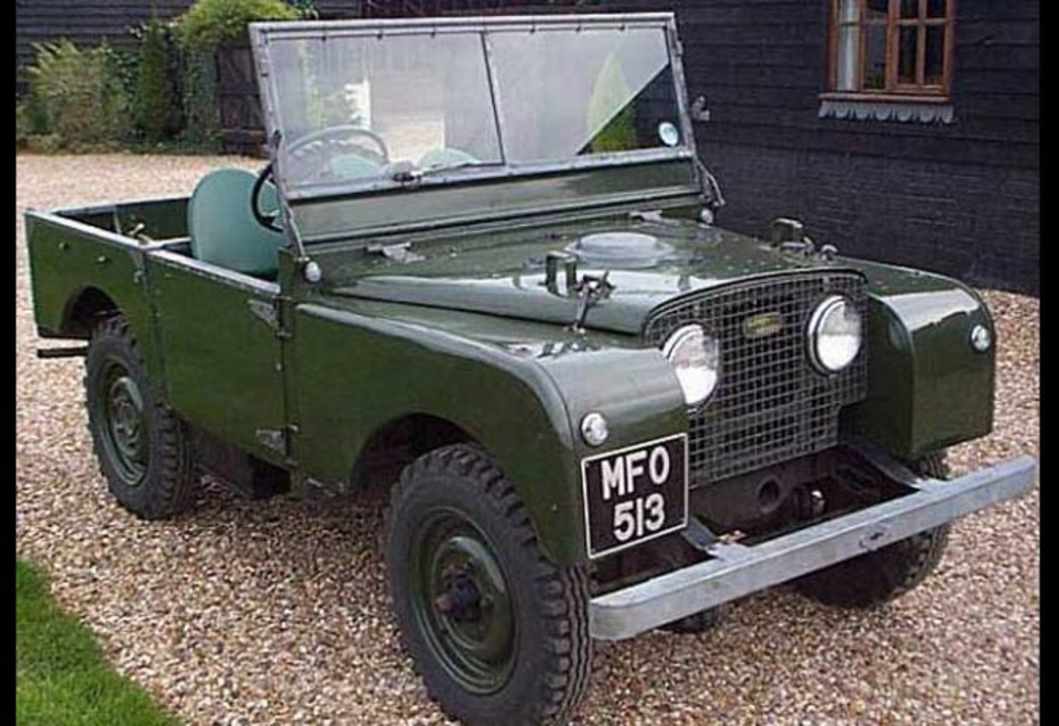






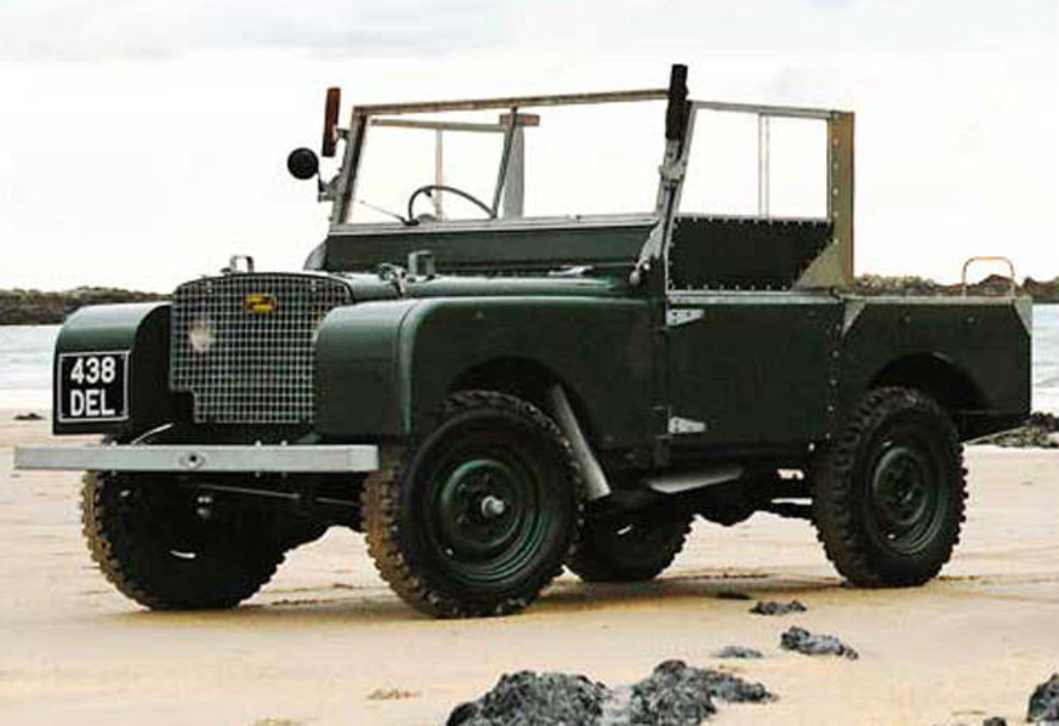


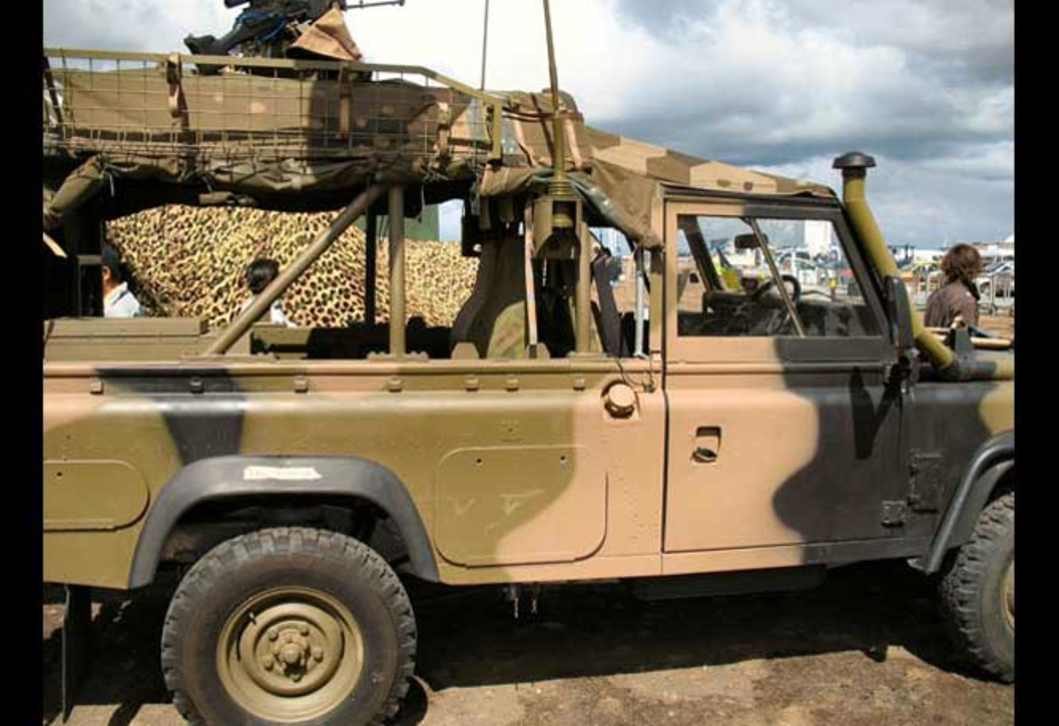
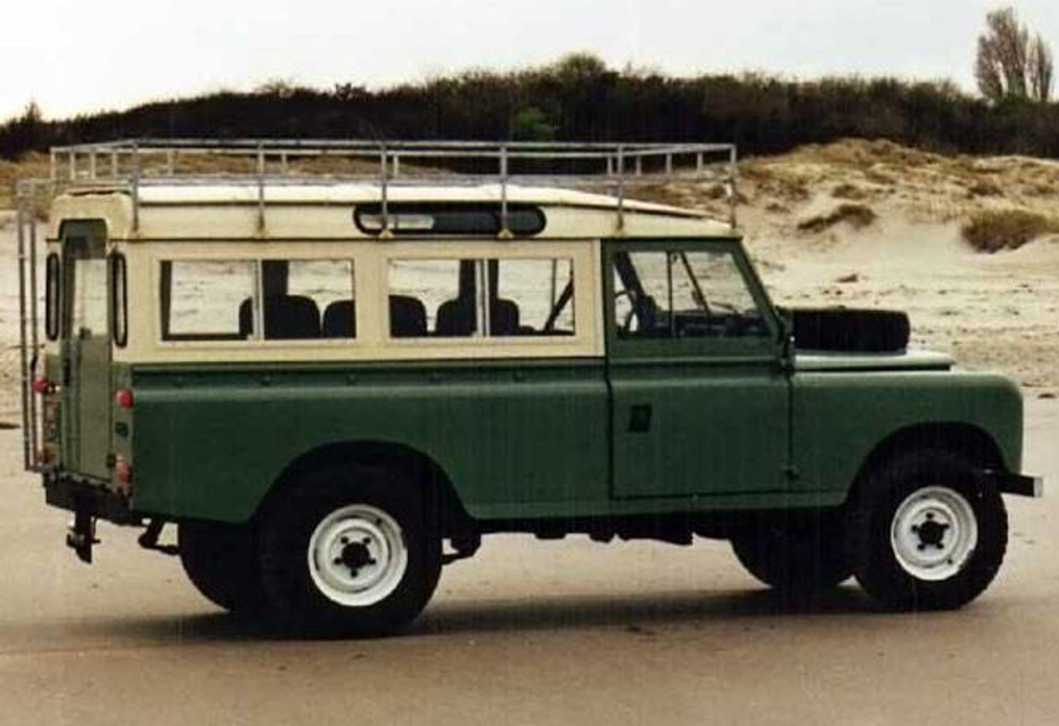



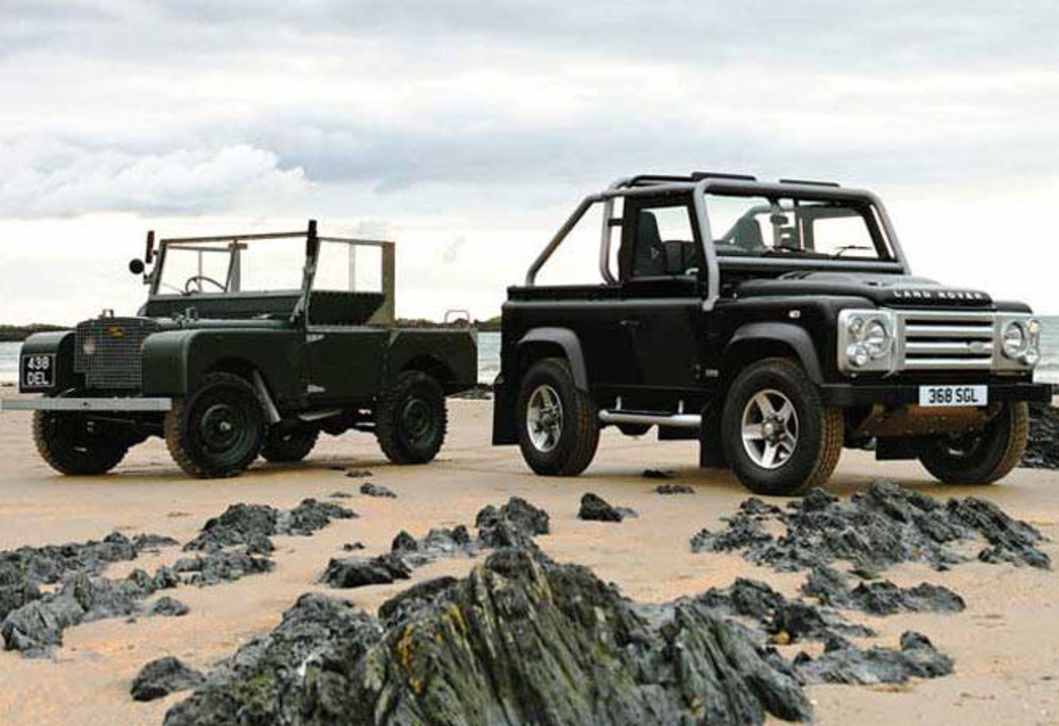























.jpg)

.jpg)






.jpg)
.jpg)
.jpg)
.png)




Comments